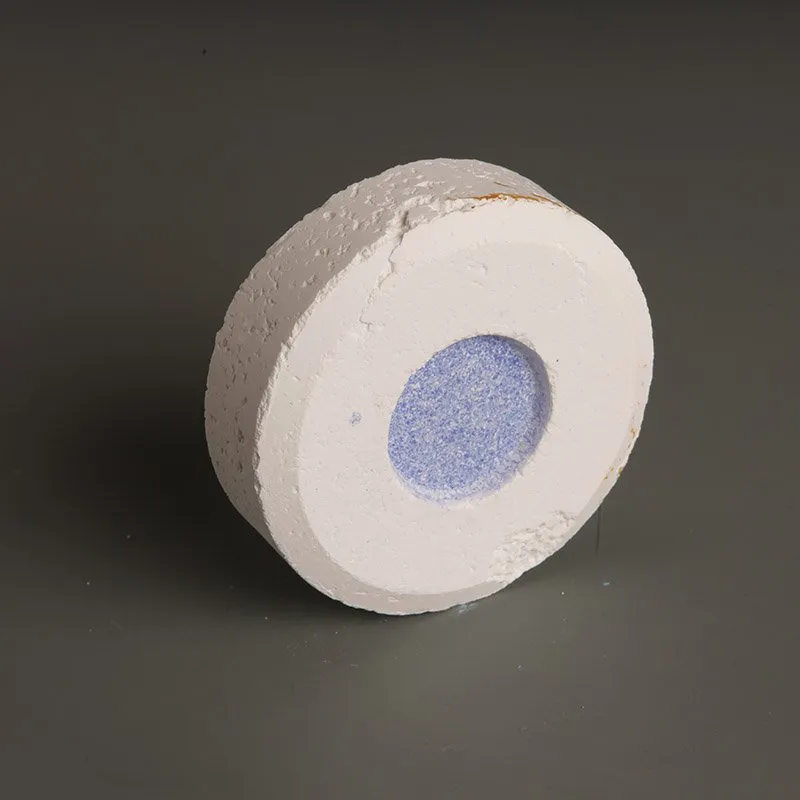



Polyacrylamide Safety Guidelines and Health Precautions for Laboratory Use
Safety Data Sheet for Polyacrylamide A Comprehensive Overview
Polyacrylamide is a synthetic polymer that finds applications across various industries, such as water treatment, soil conditioning, and the manufacturing of personal care products. However, like any chemical substance, it is essential to understand its safety profile to ensure proper handling and minimize risks. This article provides an overview of the safety data sheet (SDS) for polyacrylamide, emphasizing its properties, hazards, and safety measures.
Chemical Identification
Polyacrylamide is produced through the polymerization of acrylamide, a toxic and hazardous precursor. As a water-soluble polymer, polyacrylamide's structure enhances its ability to absorb water, which helps it form gels and viscous solutions. Its molecular weight can vary significantly depending on the specific formulation, influencing its behavior and effectiveness in various applications.
Hazard Identification
According to the safety data sheet, polyacrylamide is generally considered to be of low toxicity. However, concerns arise primarily due to its acrylamide content. Acrylamide is classified as a probable human carcinogen and can pose significant health risks if proper precautions are not observed. Inhalation, ingestion, or dermal exposure to acrylamide can lead to various health issues, including neurological effects and skin irritation.
Exposure Controls
To mitigate the risks associated with polyacrylamide, appropriate engineering controls and personal protective equipment (PPE) should be employed when handling the substance. This may include working in well-ventilated areas or utilizing fume hoods to avoid inhaling any airborne particles. Recommended PPE often includes gloves, safety goggles, and protective clothing to prevent skin and eye contact.
First Aid Measures
polyacrylamide safety data sheet

In the event of exposure, the safety data sheet outlines several first aid measures. For skin contact, it is vital to wash the affected area thoroughly with soap and water. If irritation persists, seeking medical assistance is advised. For eye exposure, flushing the eyes with copious amounts of water for 15 minutes is essential, followed by immediate medical attention. In the case of inhalation or ingestion, seeking emergency medical care is crucial.
Environmental Considerations
Polyacrylamide is generally considered to have low environmental toxicity, making it a popular choice for various applications. However, precautions should still be taken to prevent its release into the environment, especially in large quantities. Spills should be contained and cleaned up immediately, following local regulations for hazardous waste disposal.
Storage and Disposal
Proper storage of polyacrylamide is critical to maintain its stability and prevent hazards. It should be stored in a cool, dry place, away from sources of heat and incompatible materials. Containers should be tightly closed when not in use, and any spills must be cleaned up promptly to avoid creating hazardous conditions.
When it comes to disposal, any polyacrylamide waste should be treated according to local regulations. Ideally, it should be disposed of in designated hazardous waste facilities to minimize environmental impact.
Conclusion
The safety data sheet for polyacrylamide serves as a vital resource for individuals and organizations involved in its handling and application. While polyacrylamide has proven benefits in various fields, understanding the associated risks and implementing proper safety measures is crucial. By adhering to the guidelines set forth in the SDS, users can ensure a safer working environment while effectively utilizing this versatile polymer. Always consult the latest SDS for the most current information on handling polyacrylamide safely and responsibly.
-
Why Sodium Persulfate Is Everywhere NowNewsJul.07,2025
-
Why Polyacrylamide Is in High DemandNewsJul.07,2025
-
Understanding Paint Chemicals and Their ApplicationsNewsJul.07,2025
-
Smart Use Of Mining ChemicalsNewsJul.07,2025
-
Practical Uses of Potassium MonopersulfateNewsJul.07,2025
-
Agrochemicals In Real FarmingNewsJul.07,2025
-
Sodium Chlorite Hot UsesNewsJul.01,2025










